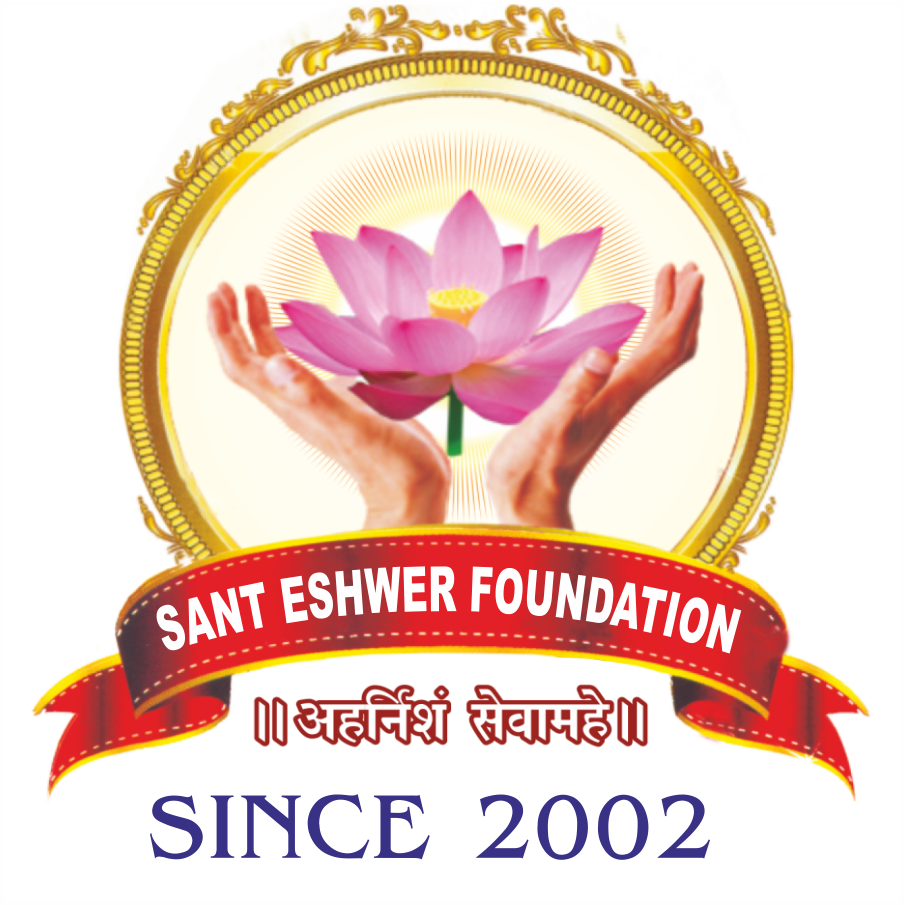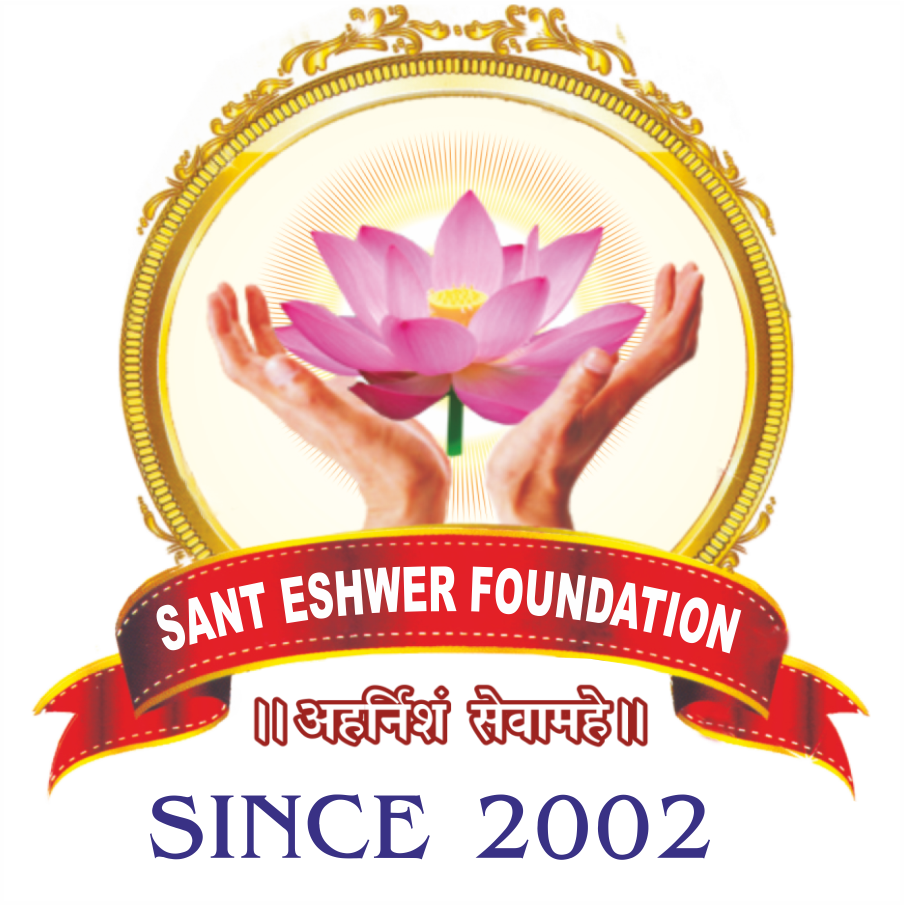
Sant Eshwer Sanskrit Samman, Rajasthan 2022
Major Surendra Narayan Mathur
A distinguished personality who through evidential research retrieved tendencies similar to the great Sanatan culture in European countries.
It has become demanding for distinguished historians and eminent scholars to locate the commencing period of the eternal Indian Sanatan culture. With its deep and immense form, this culture has been continuously prospering and thriving. Due to ignorance, people ascertain this culture only by connecting it with the Hindu religion, which outlines their narrow outlook. These unenlightened people probably don’t know that Sikh, Buddhist and Jain sects etc. have also emerged from the Sanatan Dharma. This eternal thought is the inclusion of all virtuous thoughts, it keeps harnessing itself. Despite many conspiracies, attacks and confrontations, this culture is flowing like an immortal consciousness. The rich ancient history of India and the expanse of Sanatan culture often not only surprise the scientists and scholars of the world, but it has also become a subject of research and contemplation for them. The whole world is witness to the colossal and grand form of Sanatan culture in India. However, other countries are also not untouched by the vastness of this culture. Apart from India, evidence of this culture is often seen in many other countries as well. Numerous efforts have been made to limit the Sanatan culture to the boundaries of India. Nonetheless, the roots of this great culture are spread over such a large area of the world that all efforts to restrict this culture remain unsuccessful.
After all, the culture whose core is the concept of ‘Vasudhaiva Kutumbakam’, which sees the whole world as one family, it is not surprising that the traditions of that family exist outside India as well.
The impact of Sanatan culture has been on the whole world, but due to ignorance and lack of evidence, the vastness of this vast culture could not be understood. Thus, time and again attempts have been made to deny it.
Major Surendra Narayan Mathur Ji has been the head of the Akhil Bharatiya Vanvasi Kalyan Ashram. Owing to this responsibility, he started seeking the roots of Sanatan culture in different countries of the world, especially in the countries of Europe. While discharging his duties, he found the roots of the tribal society of European countries to be connected with Sanatan culture. But Major Mathur Ji wasn’t satisfied with merely tracing his roots. That’s why he started the work of retrieving the branches of this vast culture.
The tribal society of Europe is known as ‘indigenous people’ or pagans. While working on their Celtic community for years, Major Mathur Ji found that these Celtic people arrived there at the time of Lord Parshuram Ji and have been settled there for centuries. The community which was the ruler of many countries, today they are struggling to protect their religion and culture. After knowing the people of this community, a thought germinated in the mind of Major Mathur Ji, that if these communities are settled in countries like Britain, Ireland, France etc., then were the rulers of Britain related to Sanatan culture? This pondering took the form of research. For this research work, Major Mathur Ji contacted many foreigners, where even today worship is done according to the ancient Sanatan ideology, and where the practices of worship, customs, festivals etc. entirely harmonise with the Sanatan culture.
If the people of the country who ruled us for 100 years are told that you are actually a Hindu, then it would seem ridiculous. It seems unimaginable to even think so. However, Mathur Ji has tried to explain through his research that the people of Britain were connected to Sanatan culture in ancient times and are connected even today. Sanatan culture has completely influenced his life and ideological thought process.
This research work of Mathur Ji was initiated when an ancient community initiative from Brittany France arrived in India. These communities, called Celtic, come under the category of European forest dwellers. Their way of life is similar to that of the Indian forest dwellers. It’s visible in their lifestyle and the many museums and ancient settlements there that they are a community associated with Sanatan culture.
Thinking deeply about this similarity, Mathur Ji through his research work started seeking similar such evidence to prove that their roots are connected with Sanatan culture. Through his research, he discovered that after the war in Europe, the Romans enslaved the war prisoners and tried to destroy their culture. By destroying their ancient faith centres, Celtic churches were built on them. During his research, he found many broken idols of gods and goddesses in these areas, one particular idol was Trimukhi similar to Brahma Ji.
Through his tireless efforts, Mathur Ji found such evidence which proves that the roots of Sanatan Dharma are spread to the forest dwellers of Europe. His efforts which highlight the vastness of Sanatan culture are commendable.






